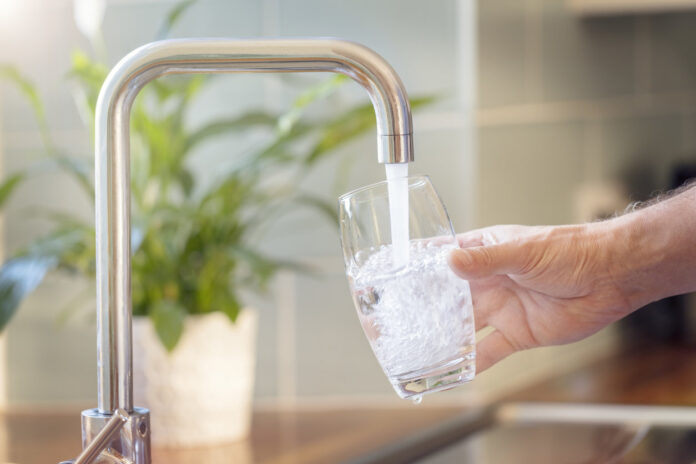Do we really know what flows in our taps? French drinking water is reputed to be safe and harmless to health, however, in recent weeks, alerts have multiplied with the discovery of certain substances within it. Last April, ANSES (National Food Safety Agency) pinpointed in a report the presence of chlorothalonil in the tap water of almost all French people. A revelation that caused a stir… And that was not the only one.
Le Parisien was interested in other substances found in our drinking water and one of them is particularly attracting attention today: 1,4-dioxane. As Planet explained to you last week, its presence has been confirmed in 20 cities in France. This solvent is classified as possibly carcinogenic to humans and its presence has been detected in groundwater in nine regions of the country. You can check out the list below our article. Used since the 1960s, this product is present in paint, varnish, but also deodorants, shampoos, cosmetics and pesticides. The pharmaceutical and textile and paper industries also use this solvent, specifies ANSES.
Dioxane is just beginning to interest the various global health agencies, because of its potentially dangerous effects on our health. No regulation fixes its use and its presence in the water in France, for the moment. Quoted by Le Parisien, ANSES certifies that “the water distributed in the municipalities concerned is of good quality for the parameters analyzed within the framework of regulatory health control and taking into account current scientific knowledge”. The agency wants to be reassuring, but some regions are more exposed than others to this solvent. You can find out which ones in the slideshow below.















